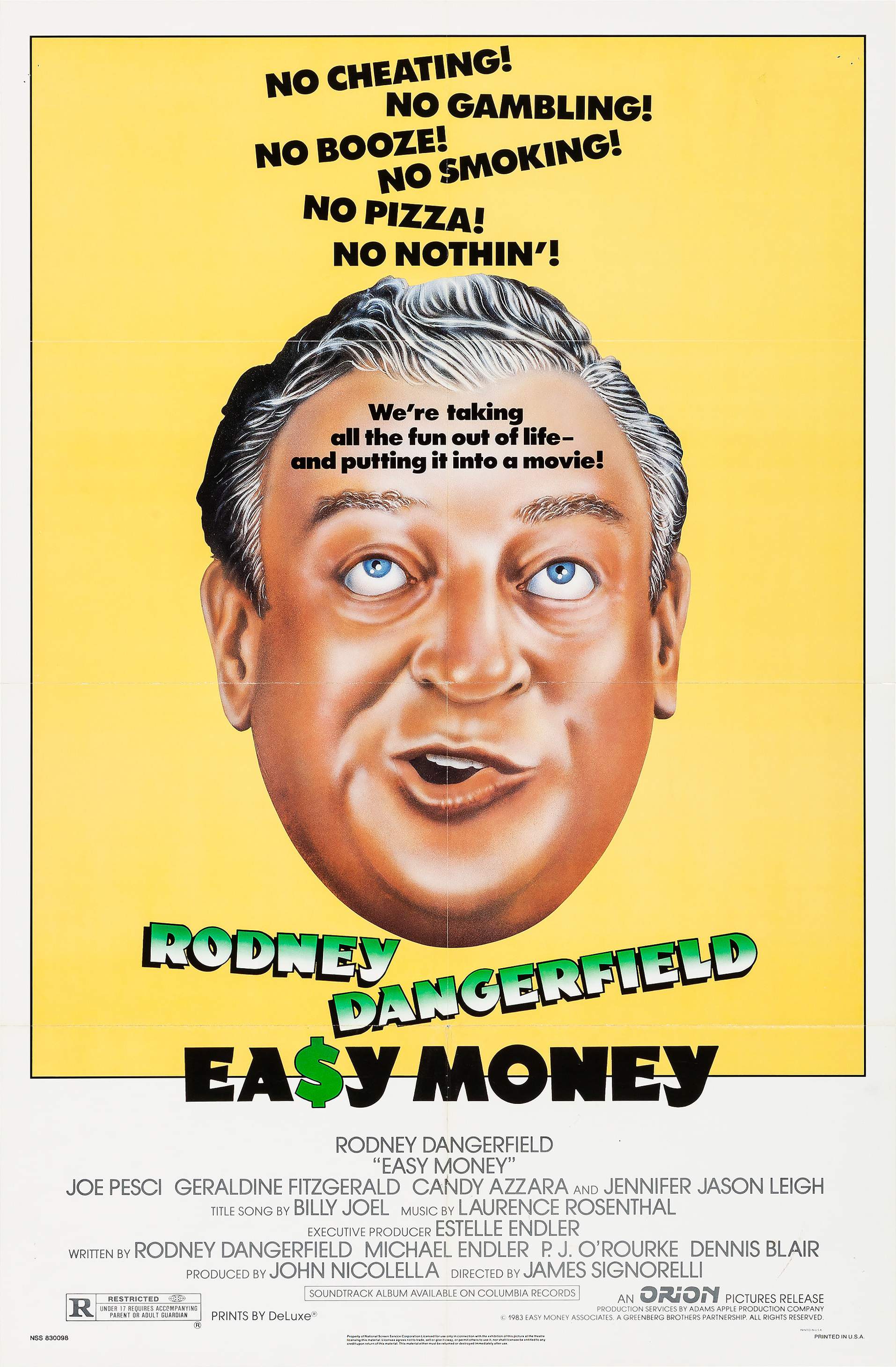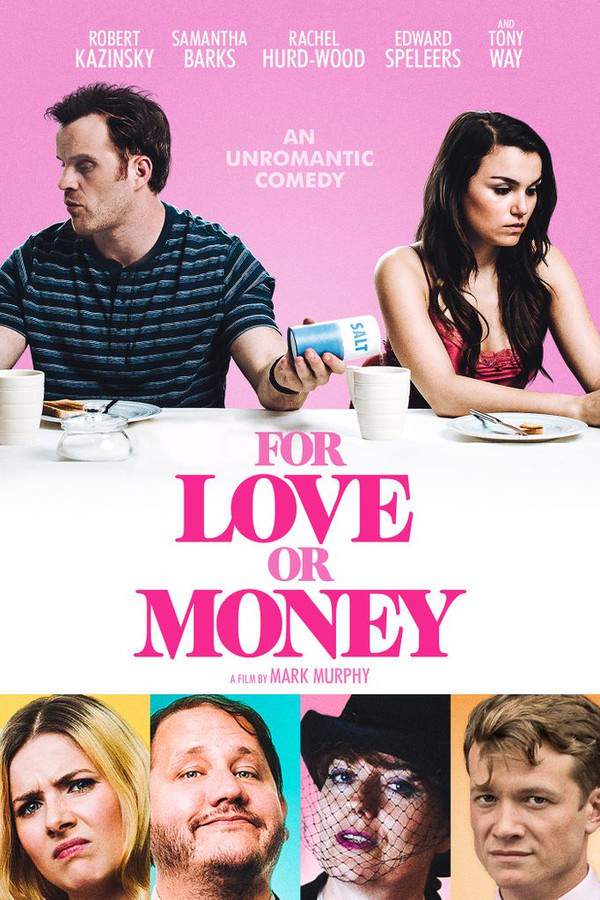
Other People’s Money
Year: 1991
Runtime: 103 mins
Language: English
Director: Norman Jewison
Larry the Liquidator is an arrogant corporate raider who enjoys ruthless tactics. When he threatens a hostile takeover of a family‑run business, the patriarch turns to his attractive daughter‑in‑law, a savvy lawyer, for help. As the battle unfolds, the raider falls for her, turning the legal chess game into a personal pursuit of her heart.
Warning: spoilers below!
Haven’t seen Other People’s Money yet? This summary contains major spoilers. Bookmark the page, watch the movie, and come back for the full breakdown. If you're ready, scroll on and relive the story!
Other People’s Money (1991) – Full Plot Summary & Ending Explained
Read the complete plot breakdown of Other People’s Money (1991), including all key story events, major twists, and the ending explained in detail. Discover what really happened—and what it all means.
Lawrence “Larry the Liquidator” Garfield [Danny DeVito] is a shrewd corporate raider who has built his fortune by buying companies and selling off their assets. With the help of a computerized stock-analzying program called Carmen, he marks New England Wire & Cable Company as his next target, a business that sits at the heart of a small Rhode Island town and sustains its people. The company is steered by the well-meaning and folksy Andrew “Jorgy” Jorgenson [Gregory Peck], who becomes the reluctant guardian of a local institution.
Garfield makes his move to seize control, and Jorgy, pressed by the looming threat, hires his stepdaughter Kate Sullivan [Penelope Ann Miller], a sharp big-city lawyer, to defend the business from a hostile takeover. Garfield is instantly drawn to Kate, even as he remains focused on his ultimate objective: to become the majority stockholder. The dynamic between them is tense and charged, as Kate recognizes Garfield’s bold boldness while he maintains a cool, calculating stance.
Bea Sullivan [Piper Laurie], Kate’s mother, makes a secret journey to Garfield’s offices with a bold offer: one million dollars in greenmail to walk away. Garfield rejects the proposal, declaring, “I don’t take money from widows or orphans,” a line that underscores his stance against being bought off. Meanwhile, Bill Coles [Dean Jones], the trusted president of the company, worries about losing everything and proposes a deal: he would let Garfield vote his shares in the company in exchange for a hefty payout. Garfield accepts but stipulates a twist—Coles would receive half the money if his shares fail to close the gap at the pivotal moment.
The drama shifts to the annual shareholders’ meeting, where Jorgy argues passionately for the old manufacturing values—the jobs, the craft, and the community—versus Garfield’s modern, money-driven approach. The crowd seems swayed by Jorgy’s earnest appeal until Garfield rises to rebut. He paints a stark picture of progress, likening a once-proud company to the last buggy whip maker: a high-quality product, perhaps, but doomed by changing technology. He argues that liquidating the firm outright would merely deliver a few dollars to each shareholder, a result he frames as a pragmatic, value-driven exit.
I don’t take money from widows or orphans.
When the votes are tallied, Garfield wins a controlling interest in New England Wire & Cable. The margin outpaces Coles’ shares, and the betrayal leaves Coles with less than he had bargained for, a consequence that resonates as a practical reproach to a man who trusted the old guard.
Back in Manhattan, Garfield wrestles with an unusual sense of loss—his victory feels hollow because it has cost him the chance of romance with Kate. Then a call from Kate shifts the mood: she’s been in talks with a Japanese automaker eager to hire New England Wire & Cable to manufacture stainless steel wire cloth for automobile airbags, a profitable and futuristic path for the company. Garfield, unexpectedly hopeful, invites Kate to dinner to discuss the opportunity. Kate answers with a cool, businesslike line that hints at their complex dynamic: > Lunch; strictly business, you know where.
Garfield blushes and smiles, realizing that the future might hold more than he expected.
Last Updated: October 09, 2025 at 15:00
Unlock the Full Story of Other People’s Money
Don't stop at just watching — explore Other People’s Money in full detail. From the complete plot summary and scene-by-scene timeline to character breakdowns, thematic analysis, and a deep dive into the ending — every page helps you truly understand what Other People’s Money is all about. Plus, discover what's next after the movie.
Other People’s Money Timeline
Track the full timeline of Other People’s Money with every major event arranged chronologically. Perfect for decoding non-linear storytelling, flashbacks, or parallel narratives with a clear scene-by-scene breakdown.

Similar Movies to Other People’s Money
Discover movies like Other People’s Money that share similar genres, themes, and storytelling elements. Whether you’re drawn to the atmosphere, character arcs, or plot structure, these curated recommendations will help you explore more films you’ll love.
Explore More About Movie Other People’s Money
Other People’s Money (1991) Scene-by-Scene Movie Timeline
Other People’s Money (1991) Movie Characters, Themes & Settings
Other People’s Money (1991) Spoiler-Free Summary & Key Flow
Movies Like Other People’s Money – Similar Titles You’ll Enjoy
Other People’s Money (1978) Film Overview & Timeline
Other People’s Money (1000) Detailed Story Recap
Love or Money (1990) Ending Explained & Film Insights
For Love or Money (1963) Full Movie Breakdown
We’re in the Money (1935) Plot Summary & Ending Explained
It’s Only Money (1962) Movie Recap & Themes
Mo’ Money (1992) Movie Recap & Themes
Love and Money (1981) Movie Recap & Themes
Other People (2016) Plot Summary & Ending Explained
Seeing Other People (2004) Detailed Story Recap
The Other Woman (2014) Detailed Story Recap
Friends with Money (2006) Film Overview & Timeline
Easy Money (1983) Full Movie Breakdown
For Love or Money (1993) Plot Summary & Ending Explained
Money for Nothing (1993) Full Movie Breakdown

















